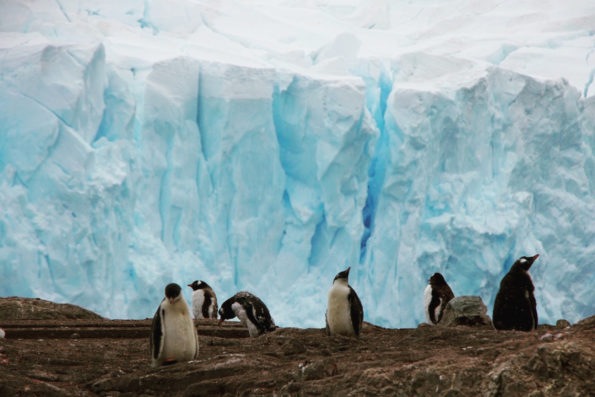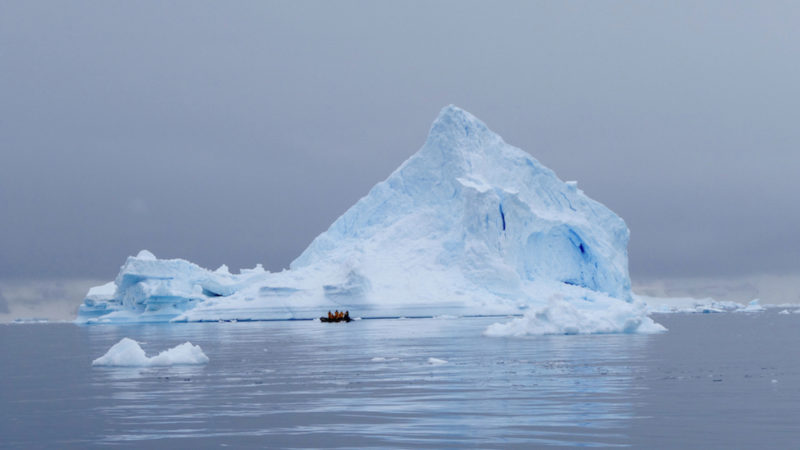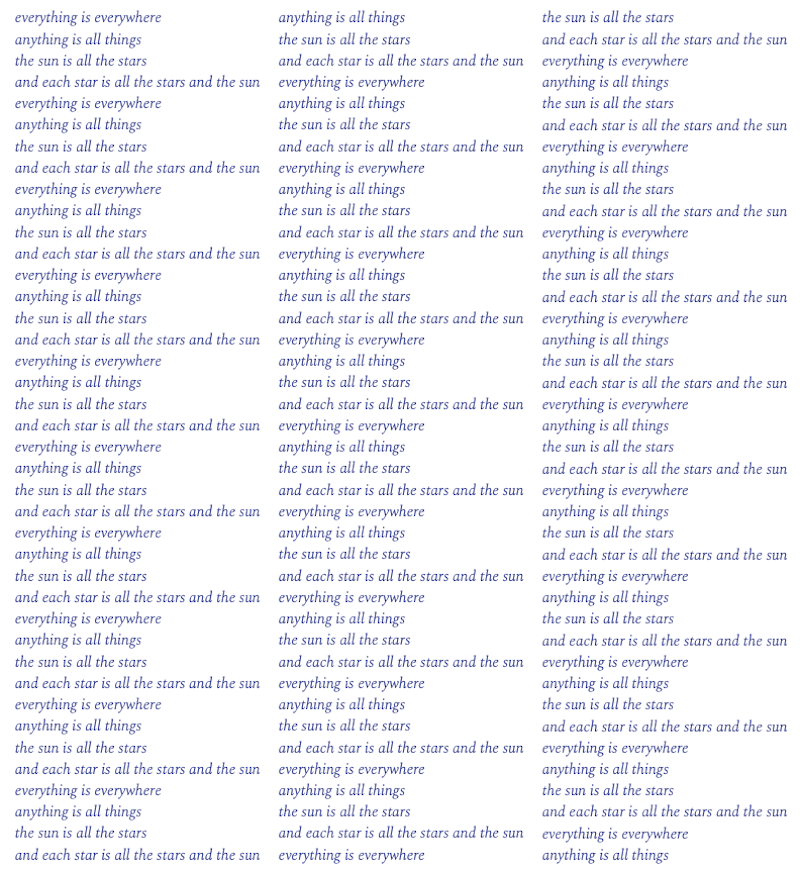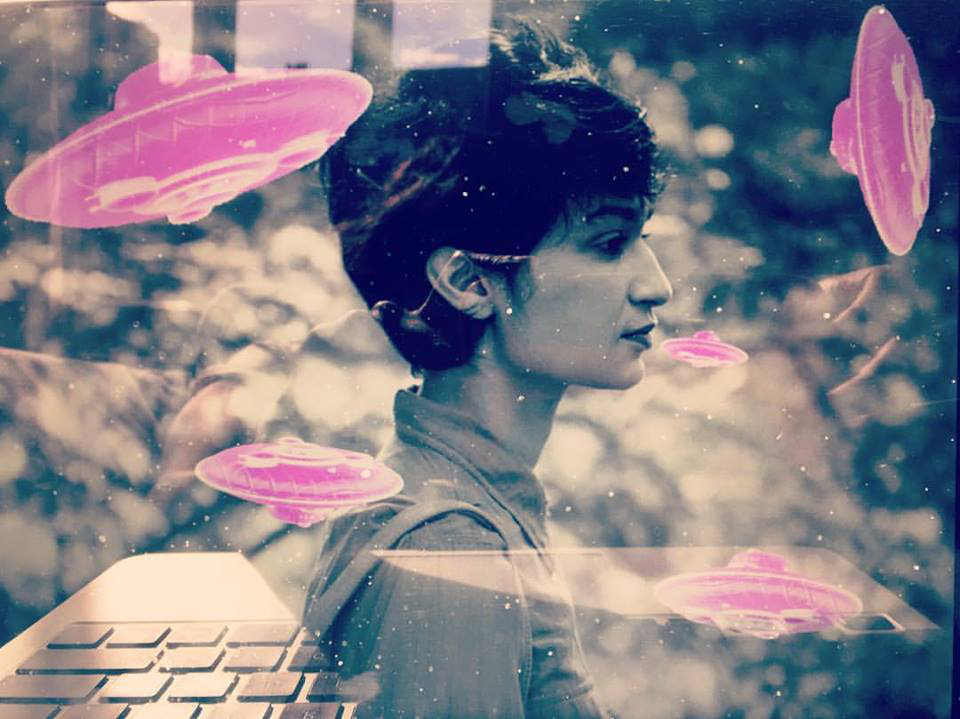Search
To search for an exact match, type the word or phrase you want in quotation marks.
A*DESK has been offering since 2002 contents about criticism and contemporary art. A*DESK has become consolidated thanks to all those who have believed in the project, all those who have followed us, debating, participating and collaborating. Many people have collaborated with A*DESK, and continue to do so. Their efforts, knowledge and belief in the project are what make it grow internationally. At A*DESK we have also generated work for over one hundred professionals in culture, from small collaborations with reviews and classes, to more prolonged and intense collaborations.
At A*DESK we believe in the need for free and universal access to culture and knowledge. We want to carry on being independent, remaining open to more ideas and opinions. If you believe in A*DESK, we need your backing to be able to continue. You can now participate in the project by supporting it. You can choose how much you want to contribute to the project.
You can decide how much you want to bring to the project.

My library’s index separates the world’s maps into Africa | Asia, Middle East, E. Asia | Europe, USA, Pacific | Moon, Mars and Antarctica. Such are the categories within which we conceive of distance.
Antarctica is astral. It performs a similar geopolitic as does outer space: there is no government, no law, no culture, history, society, bound only by a loosely-worded treaty banning any activity that causes “harmful interferences” and promotes “peaceful exploration.” The jagged glacier scape and its endlessness appeals to our imaginations of the other: the sublime, fearful, dark, unknown. It is a landing platform for meteorites. It is a place for humans to study humans in isolation, away from the crises of Earth.
It is a cosmic space of intimate mystery, unrepresentable, unrecognisable, unreachable, infinitely interpretable, provocative, existing only as an imaginary, a space of conjecture. At Concordia Station, doctor and researcher Alexander Kumar noted that, “We are completely alone and isolated here from February to November. The French refer to people who over-winter here as Hivernauts, but unlike astronauts, we have no ‘mission control’.”
But understanding Antarctica means understanding the Earth. Antarctica contains over 90% of the world’s fresh water in the form of ice. The Poles function as a thermostat, regulating the temperature of the entire planet. Antarctica is sometimes referred to as a “White Mars”, because it is the coldest, driest, and windiest of the Earth’s continents. There are no trees. Summer is a searing -27.5°C. The midge is an example of one of the continents’ marvellous geotic moments, a miniature example of resilience in the face of all odds. The largest terrestrial animal of Antarctica at 6mm diameter, the wingless insect has the tiniest genome ever sequenced and can survive the severest climate on Earth, with freezing temperatures, desiccation, high saline concentrations and intense ultraviolet exposure. It spends most of its life as a larvae, and emerges to live a mere week.

Himali Singh Soin, “W/T”. Courtesy of the artist
In reality, Antarctica is a contested place, more so as it melts and new sources of oil, gas, minerals, and arable land reveal themselves. The neocolonial nations–USA, Britain, Argentina, Russia, UK, China, India, Australia–have year-round activities at their research stations. Who owns the land upon which their research stations are built? Complicating this is Australia’s claim of 42% of the continent, unrecognised under international law. Fierce geopolitical battles ensue as I write this. When the treaty is renegotiated in 2048, Antarctica may depend entirely on the stories of a small handful of people: from the musings of explorers’ logs to the fossils left behind when the ice has melted.
*
Maybe we can start thinking of Antarctica as a sacred space, set aside from other spaces, equal to time or timeless, hallowed in its ineffability? Is the South Pole its central axis around which a circular cosmos might revolve? Is a sacred space one doused in metaphor? One that unfolds in presence and absence?
Is the annual Southern marathon, or the Antarctic biennale on a Russian ship its modern rituals? Is vacuuming tourists’ trousers to prevent the dispersal of invasive seeds its modern ceremony? Are the shipwrecks its shrines? Are the scientists and politicians its contemporary preachers?
Is it at the junction of the world and what lies farther? Is it too idealistic: a place that should be left untouched, uninfected, protected. Or is it just profane: indifferent, distant and devastating?

Plotinus, Enneads, V.8.4
(Front image: Himali Singh Soin, W/T. Courtesy of the artist)

The work of Himali Singh Soin (born in New Dehli and based between New Delhi and London) uses metaphors from the natural environment to construct speculative cosmologies that manifest non-linear connections between human and non-human life. Her poetic methodology explores different technologies of knowledge, from scientific to intuitive, indigenous and alchemical processes.
"A desk is a dangerous place from which to watch the world" (John Le Carré)